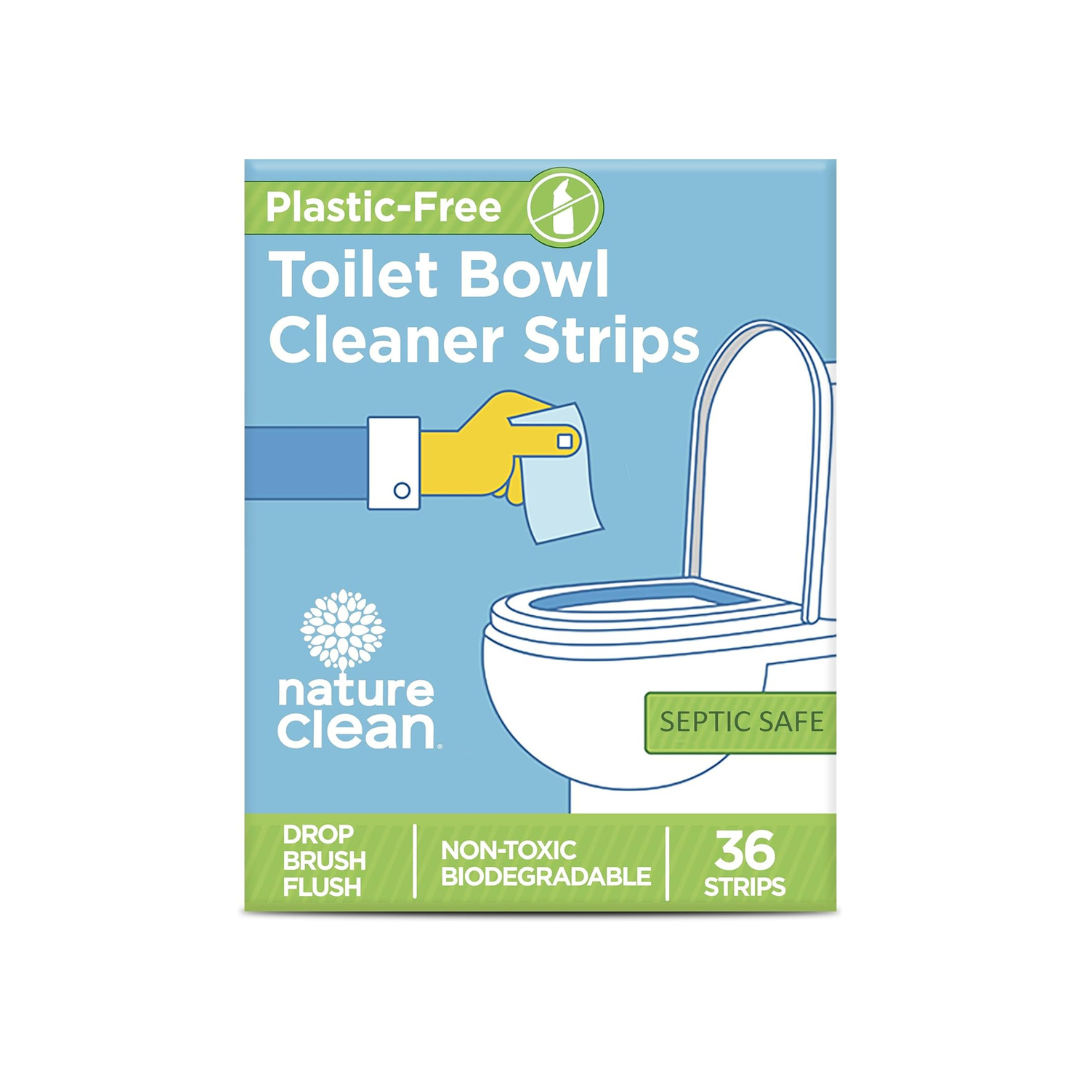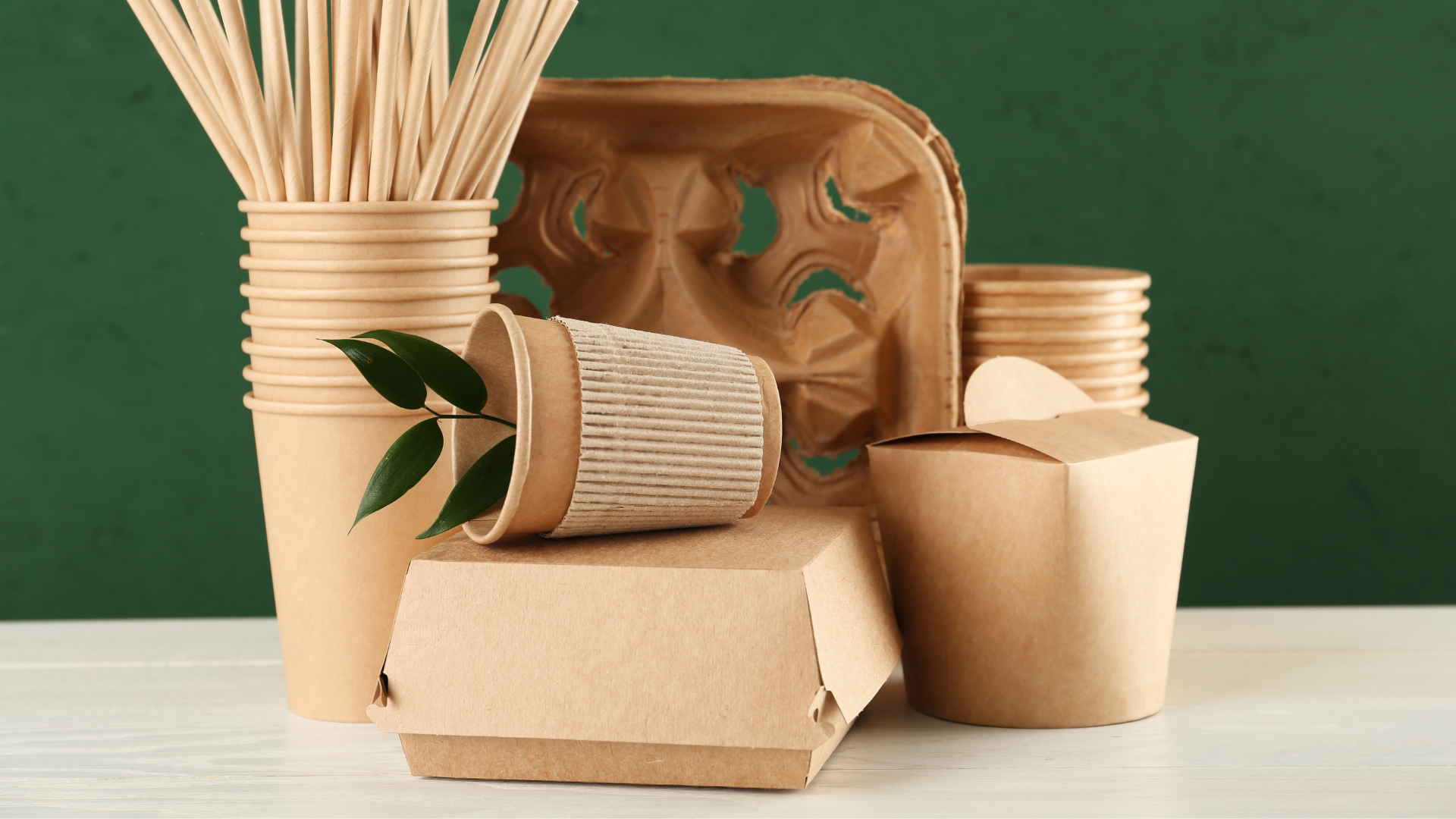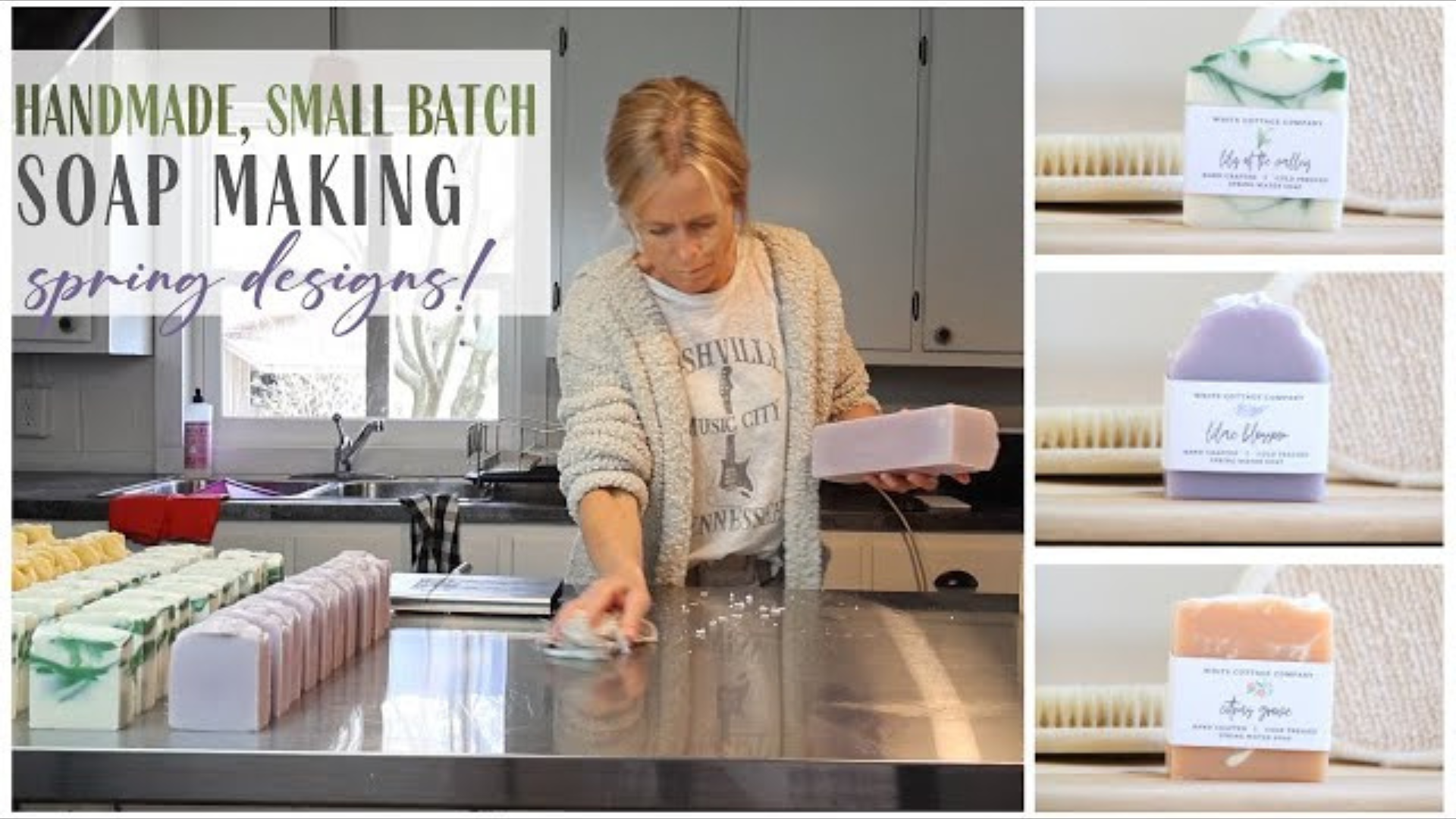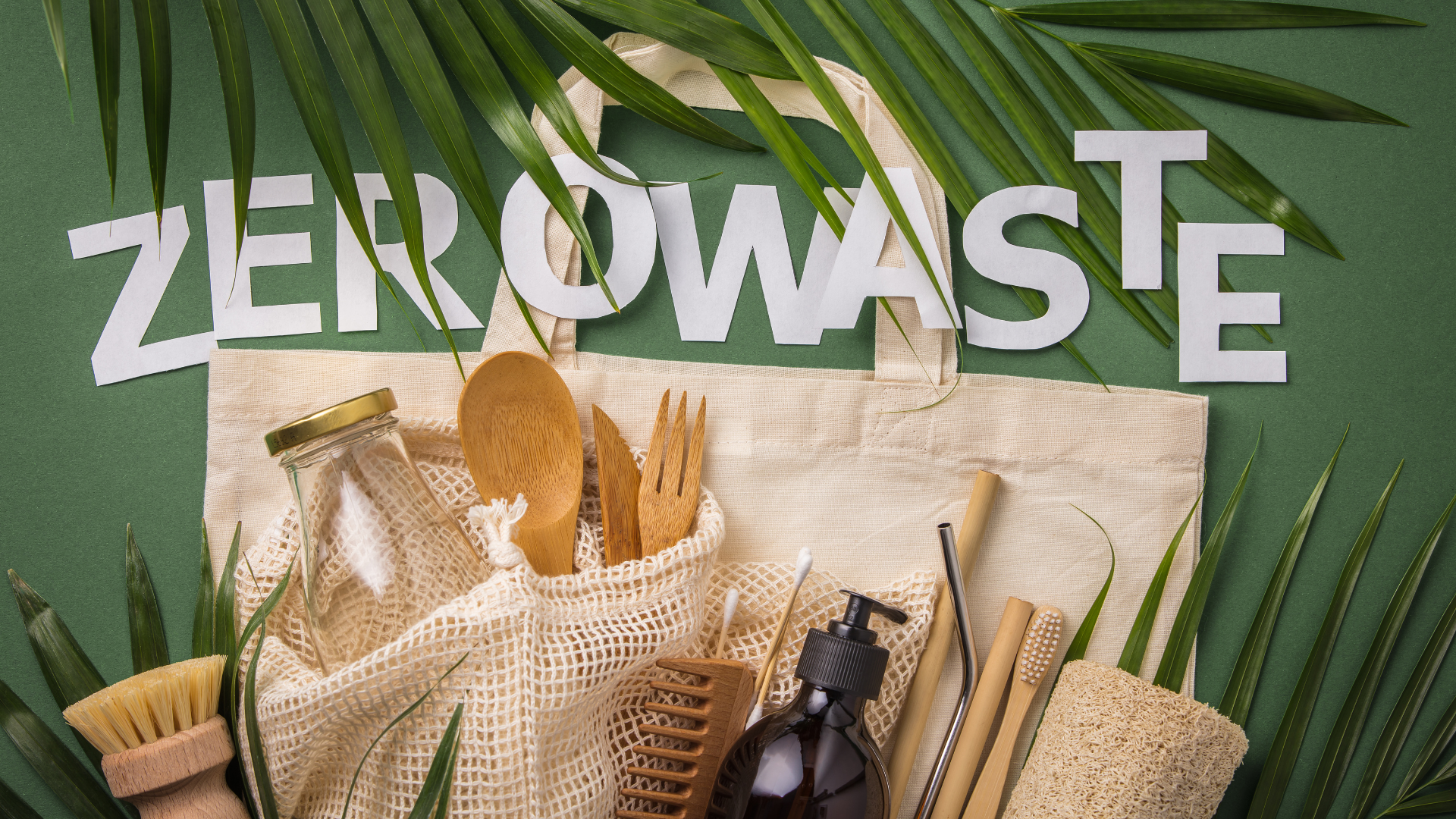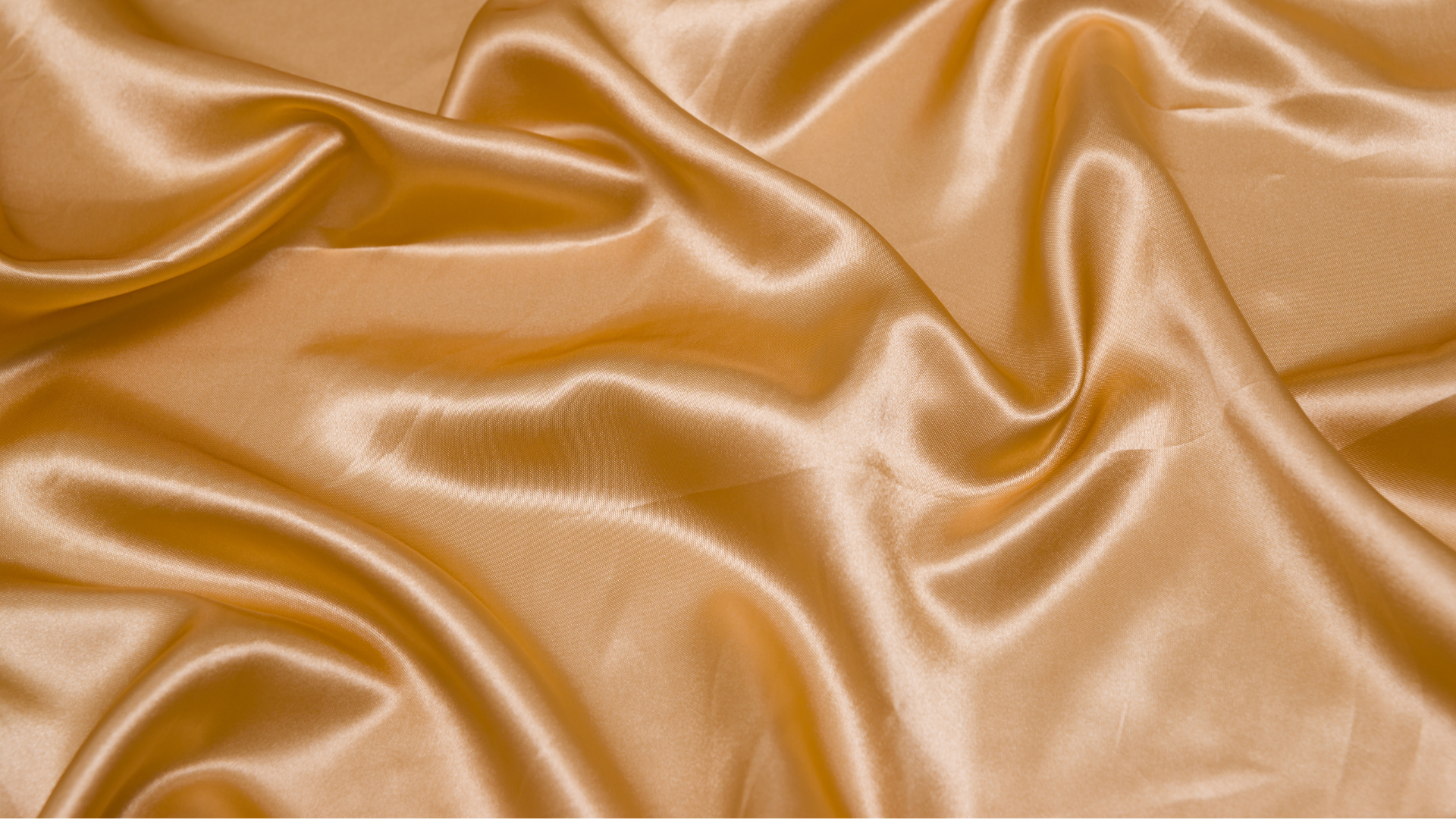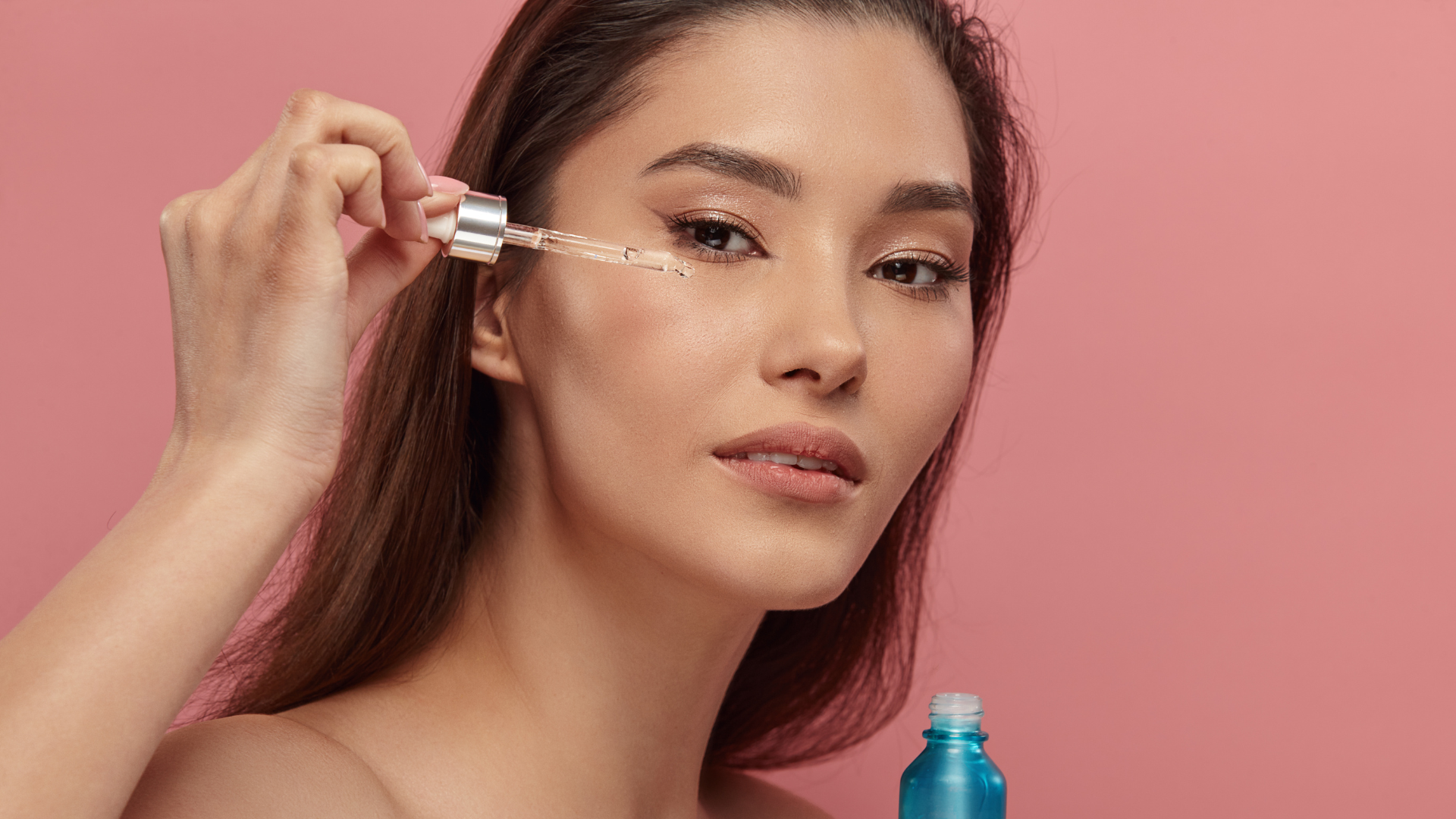Safe use of exfoliants for glowing skin.
Exfoliation is a cornerstone of an effective skincare routine, offering a path to glowing, smooth, and rejuvenated skin. By removing dead skin cells and promoting cellular turnover, exfoliation not only brightens the complexion but also enhances the absorption of other skincare products. However, with so many exfoliating options available—ranging from chemical exfoliants like AHAs and BHAs to enzymatic alternatives—it can be overwhelming to determine the best choice for your skin.
At Sustai Market, we’re committed to empowering consumers with expert knowledge and sustainable solutions. Our products are curated with care, ensuring they meet our Sustai Score for effectiveness and eco-friendliness, and are backed by our Sustai Badges for ethical standards.
In this blog, we’ll explore the essentials of exfoliation, focusing on AHAs (Alpha Hydroxy Acids) and BHAs (Beta Hydroxy Acids), their benefits, and how to use them effectively for radiant, healthy skin.
Why Exfoliation is Essential for Skin Health
Exfoliation plays a vital role in maintaining skin health by addressing several common concerns:
-
Removing Dead Skin Cells: Helps reveal fresher, smoother skin.
-
Unclogging Pores: Prevents the buildup of oil and debris that can lead to acne.
-
Improving Texture and Tone: Reduces dullness, rough patches, and uneven skin tone.
-
Enhancing Product Absorption: Prepares the skin to absorb serums and moisturizers more effectively.
-
Stimulating Collagen Production: Supports anti-aging by promoting skin elasticity and reducing the appearance of fine lines.
However, over-exfoliation or improper use can lead to irritation, redness, and a compromised skin barrier, making it crucial to choose the right exfoliants for your skin type and concerns.
Understanding AHAs (Alpha Hydroxy Acids)
What Are AHAs?
Alpha Hydroxy Acids are water-soluble acids derived from natural sources such as fruits, sugarcane, and milk. These exfoliants work on the surface of the skin, dissolving the bonds between dead skin cells to promote cell turnover and reveal a smoother, brighter complexion.
Common Types of AHAs:
-
Glycolic Acid: Extracted from sugarcane, it has the smallest molecular size, allowing it to penetrate deeply.
-
Lactic Acid: Derived from milk or fermented plants, it’s milder and provides hydrating benefits.
-
Mandelic Acid: A gentler option for sensitive skin, sourced from bitter almonds.
-
Citric Acid: Found in citrus fruits, it brightens and improves skin tone.
Benefits of AHAs for Skin:
-
Exfoliation for Dry or Sun-Damaged Skin: Removes flaky, dull skin for a radiant glow.
-
Improves Skin Texture and Tone: Addresses rough patches and discoloration.
-
Hydrating Properties: Some AHAs, like lactic acid, draw moisture into the skin.
-
Anti-Aging Support: Reduces the appearance of fine lines and wrinkles by stimulating collagen production.
How to Use AHAs Safely:
-
Start with low concentrations (5–10%) to build tolerance.
-
Use at night to minimize sun sensitivity.
-
Always pair with sunscreen during the day, as AHAs can increase UV sensitivity.
Sustai Market Tip: Look for products with AHAs that are sustainably sourced and free from unnecessary additives. Our Sustai Score highlights options that are both effective and environmentally responsible.
Exploring BHAs (Beta Hydroxy Acids)
What Are BHAs?
Beta Hydroxy Acids are oil-soluble exfoliants that penetrate deeper into the pores. They’re particularly effective for oily and acne-prone skin, as they can dissolve sebum and reduce inflammation.
Common Types of BHAs:
-
Salicylic Acid: The most common BHA, derived from willow bark, wintergreen leaves, or synthetic sources.
Benefits of BHAs for Skin:
-
Deep Pore Cleansing: Removes oil and debris, reducing blackheads and whiteheads.
-
Anti-Inflammatory Properties: Soothes redness and irritation associated with acne.
-
Improves Skin Texture: Refines pores and reduces roughness.
-
Targets Oily and Acne-Prone Skin: Controls sebum production while exfoliating.
How to Use BHAs Safely:
-
Ideal for use 2–3 times per week to prevent over-exfoliation.
-
Combine with hydrating products to balance any drying effects.
-
Avoid using with strong active ingredients like retinol to prevent irritation.
Sustai Market Tip: Our curated selection of BHA products includes options that are cruelty-free and come in eco-conscious packaging, ensuring sustainability without compromising on results.
How to Choose Between AHAs and BHAs
Selecting the right exfoliant depends on your skin type and specific concerns:
-
Dry or Sun-Damaged Skin: AHAs are best for hydration and surface exfoliation.
-
Oily or Acne-Prone Skin: BHAs are ideal for penetrating pores and controlling oil.
-
Combination Skin: Use AHAs on dry areas and BHAs on oily zones for a tailored approach.
-
Sensitive Skin: Start with gentle options like lactic acid (AHA) or low-concentration salicylic acid (BHA).
When in doubt, consult your dermatologist or explore Sustai Market’s Personal Care & Beauty Blog for more tailored advice on skin-friendly, sustainable exfoliation solutions.
Introduction to Enzymatic Exfoliation
While chemical exfoliants like AHAs and BHAs are well-known, enzymatic exfoliation offers a gentler, natural alternative. Derived from fruits such as papaya, pineapple, and pumpkin, enzymes work by breaking down the proteins in dead skin cells, leaving the skin smoother and softer without the potential irritation that stronger acids may cause.
How Enzymes Work:
Unlike AHAs and BHAs, which rely on acids to dissolve bonds between dead skin cells, enzymes function by digesting the keratin protein in these cells. This makes them particularly effective for those with sensitive or reactive skin who want to achieve a radiant complexion without the risk of over-exfoliation.
Common Types of Enzymatic Exfoliants:
-
Papain: Sourced from papaya, papain is known for its gentle exfoliating and anti-inflammatory properties.
-
Bromelain: Found in pineapple, bromelain is celebrated for its ability to brighten the skin while reducing redness and swelling.
-
Pumpkin Enzymes: Packed with natural AHAs and antioxidants, pumpkin enzymes exfoliate while nourishing the skin.
Benefits of Enzymatic Exfoliation:
-
Suitable for sensitive skin.
-
Reduces irritation compared to chemical exfoliants.
-
Naturally brightens and evens out skin tone.
-
Can be used more frequently than AHAs or BHAs.
Sustai Market Tip: For an eco-conscious choice, explore enzymatic exfoliants that are sustainably sourced and come in biodegradable packaging. Many products in our collection also carry the Sustai Badge, ensuring they meet our high standards for environmental impact.
Best Practices for Safe and Effective Exfoliation
Exfoliation is a powerful tool, but using it improperly can do more harm than good. Follow these best practices to ensure your skin stays healthy and radiant:
1. Start Slow:
-
Begin with exfoliating 1–2 times per week to gauge your skin’s tolerance.
-
Gradually increase frequency as your skin adjusts, but avoid daily use unless specified.
2. Avoid Over-Exfoliation:
-
Signs of over-exfoliation include redness, dryness, sensitivity, and peeling.
-
If you experience these symptoms, pause exfoliation and focus on barrier-repair products with ceramides or soothing ingredients like aloe vera.
3. Layer Skincare Correctly:
-
Use exfoliants after cleansing but before serums and moisturizers.
-
Avoid combining exfoliants with retinoids, vitamin C, or other active ingredients in the same routine to minimize irritation.
4. Follow with Sunscreen:
-
Exfoliated skin is more susceptible to UV damage.
-
Always use a broad-spectrum sunscreen (SPF 30 or higher) during the day.
5. Choose the Right Exfoliant for Your Skin Type:
-
Dry Skin: Opt for hydrating AHAs like lactic acid.
-
Oily/Acne-Prone Skin: BHAs like salicylic acid are ideal.
-
Sensitive Skin: Enzymatic exfoliants or gentle acids like mandelic acid work best.
Sustainable Exfoliation: Why It Matters
The environmental impact of exfoliants is often overlooked, but it’s an important consideration. Many traditional exfoliants contain microbeads, which are non-biodegradable plastic particles that pollute waterways and harm marine life. At Sustai Market, we prioritize sustainable skincare that’s as kind to the planet as it is to your skin.
What to Look For in Sustainable Exfoliants:
-
Biodegradable Ingredients: Avoid products with plastic microbeads; opt for plant-based alternatives.
-
Eco-Friendly Packaging: Choose products in recyclable or compostable materials.
-
Ethical Sourcing: Ingredients like fruit enzymes should be sustainably harvested to protect biodiversity.
Sustai Market’s Commitment:
Our curated selection includes products that meet our Sustai Score, which evaluates environmental impact, ethical sourcing, and product efficacy. Look for our Sustai Badges to easily identify eco-friendly exfoliants.
Building a Balanced Skincare Routine with Exfoliation
Exfoliation is just one step in a comprehensive skincare routine. Here’s how to integrate it effectively:
1. Pre-Exfoliation Prep:
-
Use a gentle cleanser to remove dirt and makeup.
-
Avoid harsh scrubs, as they can irritate the skin before exfoliating.
2. Post-Exfoliation Care:
-
Hydrate with serums containing hyaluronic acid or glycerin to replenish moisture.
-
Lock in hydration with a nourishing moisturizer, especially one containing ceramides or shea butter.
3. Targeted Treatments:
-
Incorporate niacinamide or aloe vera to calm the skin and reduce redness after exfoliation.
-
For anti-aging benefits, pair with peptides or a gentle antioxidant serum.
4. Weekly Routine:
-
Use exfoliants on alternating days with nourishing masks or treatments to balance active and restorative care.
Sustai Market Tip: Check out our Personal Care & Beauty Blog for expert advice on creating a sustainable and effective skincare regimen.
When to Seek Professional Guidance
While most exfoliation can be done safely at home, certain skin concerns may require professional input:
-
Severe Acne or Hyperpigmentation: A dermatologist can recommend clinical-grade treatments or chemical peels.
-
Persistent Sensitivity: If your skin reacts negatively to exfoliants, consult a professional to identify underlying causes.
-
Advanced Aging Concerns: Professional peels or laser treatments can complement home exfoliation for deeper results.
Remember, sustainable and effective skincare is about understanding your unique needs and making informed choices.
Do not hesitate to take a look at Health & Wellness Blog for additional tips on maintaining overall skin health and Sustainable Living Blog to learn more about eco-friendly habits and products.
We’re Here to Guide You
Exfoliation is a powerful ally in achieving radiant, healthy skin. Whether you prefer the deep-cleansing effects of BHAs, the hydrating properties of AHAs, or the gentle touch of enzymes, understanding your skin’s needs and following best practices is essential.
At Sustai Market, we’re here to guide you toward sustainable skincare choices that respect both your skin and the environment. Explore our collection of eco-conscious exfoliants to find the perfect match for your routine, and let us help you shine with confidence—inside and out.



